#Arbelos Films
Explore tagged Tumblr posts
Text
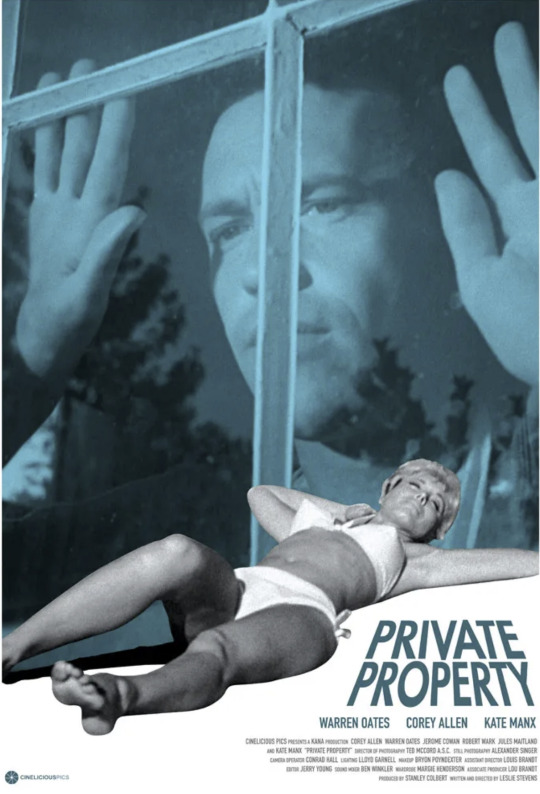
youtube
#movie#film#cinema#American cinema#American independent film#crime film#psychosexual thriller#Leslie Stevens#Youtube#Warren Oates#Corey Allen#Kate Manx#Arbelos Films#Private Property#The Askew#theaskew
7 notes
·
View notes
Text
youtube
kárhozat, bela tarr 1987
2 notes
·
View notes
Text

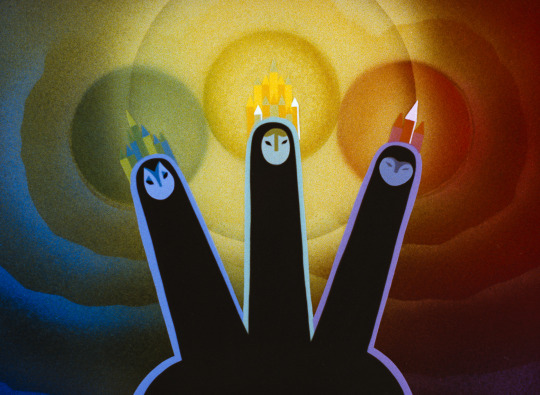
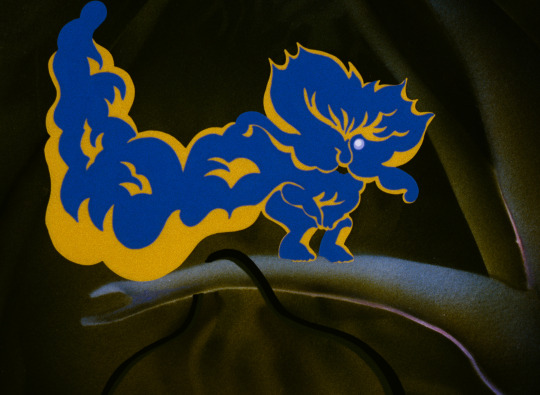
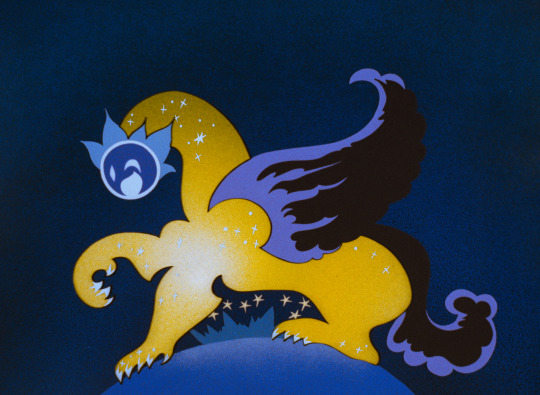
30 notes
·
View notes
Link
0 notes
Text
János Vitéz (1973, 1hr 18min) Streaming for Family Members on Eternal.tv & Apps. Directed by Marcell Jankovics & Presented with Arbelos Films / @arbelosfilms
https://eternal.tv/programs/johnny-corncob
A traditional Hungarian poetic fairytale that describes the epic adventures of a young shepherd through love, war, magic and death.
0 notes
Text
SATANTANGO Review - ****
SATANTANGO Review – ****
Béla Tarr’s Satantango begins with a kind of visual overture, as we see a herd of cows wandering through a run-down, seemingly abandoned village, with a few attempts at mating, much mooing, and a general concerted movement to an uncertain destination. This is all depicted in a single lengthy take, with the camera moving along, not exactly following the cattle so much as moving through the village…

View On WordPress
#90s films#Arbelos Films#Ágnes Hranitzky#Béla Tarr#Hungarian cinema#László Krasznahorkai#Mihály Víg#Satantango#spoilers#tw animal cruelty
2 notes
·
View notes
Text

Brilliant poster for the new 4K restoration of the Béla Tarr masterpiece Sátántangó. Restored by Arbelos Films and designed by Dylan Haleying. 🖤
#bela tarr#satantango#4k#restoration#masterpiece#arbelos films#hungary#cinema#slow cinema#art#poster#movie posters
12 notes
·
View notes
Photo

2019 re-release poster for MUTUAL APPRECIATION (Andrew Bujalski, USA, 2005)
Designer: Dylan Haley
Poster source: Arbelos Films
Playing at the Alamo Drafthouse in Brooklyn tomorrow night.
118 notes
·
View notes
Text
Damnation - Béla Tarr (1988)
“Damnation (Hungarian: Kárhozat) is a 1988 black-and-white Hungarian film directed by Béla Tarr. The screenplay was co-written by Tarr and his frequent collaborator, László Krasznahorkai. The movie has been compared to the works of Andrei Tarkovsky and Michelangelo Antonioni. Damnation tells the story of Karrer (Miklós B. Székely), a depressed man in love with a married torch singer (Vali Kerekes) from a local bar, the Titanik. The singer breaks off their affair, because she dreams of becoming famous. Karrer is offered smuggling work by Willarsky (Gyula Pauer), a local bartender. Karrer offers the job to the singer's husband, Sebestyén (György Cserhalmi). This gets him out of the way, but things do not go as Karrer plans. Betrayals follow. Karrer despairs. ...”
Wikipedia
NY Times - Welcome to His World: Bela Tarr’s First Meteorological Event
SLANT - Béla Tarr’s Mid-Career Masterwork Damnation on Arbelos Films Blu-ray
YouTube: DAMNATION - Official Trailer
2012 January: The Man from London, 2012 January: The Turin Horse

3 notes
·
View notes
Photo








hi i havent posted for like a month here’s my favorite movies i watched in 2021 in no specific order
ELEPHANT MAN David Lynch 1980
PIG Michael Sarnoski 2021
PALM SPRINGS Max Barbakow 2020
SON OF THE WHITE MARE Marcell Jankovics 1981 (remastered and released in 4k by Arbelos Films in 2021)
BRIGSBY BEAR Dave McCary 2017
THE ELECTRICAL LIFE OF LOUIS WAIN Will Sharpe 2021
MAD GOD Phil Tippett 2021
PROMISING YOUNG WOMAN Emerald Fennell 2020
Pig is the one i’m most surprised about because i was anticipating a revenge movie (it’s not). I held it together throughout Louis Wain but began bawling right before the credits started rolling. I’ve seen Brigsby Bear like three times since November by making other people watch it with me.
2 notes
·
View notes
Photo

Animated Enchantment.
A recent restoration of Son of the White Mare sends our animation correspondent Kambole Campbell on a quest for a few words with legendary Hungarian filmmaker Marcell Jankovics, about the external cosmos, inner spiritual worlds, and the latest season of Vikings.
“The true arts are receiving less and less space in every genre.” —Marcell Jankovics
Much adored and highly rated by Letterboxd animation fans, Marcell Jankovics’ 1981 masterpiece Son of the White Mare is, frankly, some of the wildest imagery ever put on the big screen. A swirl of psychedelic depictions of folkloric beings are flattened out into a gorgeous 2D tableau. The titanic figures of the characters twist into impossible and often abstract shapes, all realized with eye-popping and heavily contrasting color.
Arbelos Films recently restored Son of the White Mare to 4K, and it was due for release in cinemas this year. Instead, the film is now available for US animation fans on Vimeo OnDemand, and it’s unmissable. “The restoration made everything pop so much, that at a point I think my brain melted,” writes Bretton, on Letterboxd. “The kind of film that makes me happy to be human,” raves Will. “Appropriately immense imagery for a creation myth,” agrees Lindy.
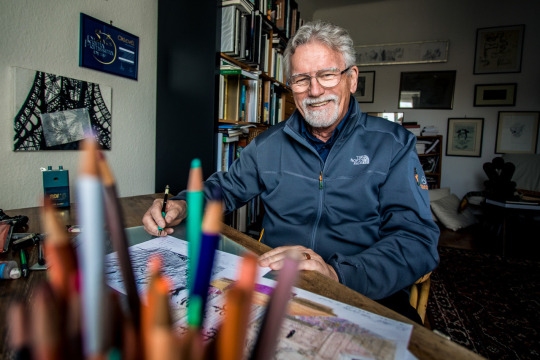
Hungarian filmmaker Marcell Jankovics.
Based on Hungarian folk tales and poetry, Son of the White Mare begins at the gates of the Underworld, at the base of a massive, cosmic oak tree that holds seventy-seven dragons in its roots. To combat these monsters, a dazzling white mare goddess gives birth to three heroes—the protagonist, Fanyüvő (‘Treeshaker’), and his brothers—who embark on a journey to save the universe. In the telling, Jankovics is clearly only interested in the kind of imagery that, well, only animation can provide.
Son of the White Mare (Fehérlófia) is one of four feature-length films by the animator—his others are Johnny Corncob (János Vitéz, 1973), which was Hungary’s first feature-length animated film, Song of the Miraculous Hind (2002) and the drama The Tragedy of Man (2011), which took Jankovics almost three decades to complete. These features have found continuing acclaim in the animation industry and amongst cult enthusiasts. Jankovics’ shorts are just as celebrated: Sisyphus (1974) was nominated for the Academy Award for Best Animated Short at the 48th Academy Awards, and The Struggle (1977) received a Palme d’Or for short film at the 1977 Cannes Film Festival.
Born in Budapest in 1941, Jankovics began his career almost casually; after realizing his family’s status meant no higher education would be available to him, he passed a test to work at Pannónia Filmstúdió. He has said that the animated Russian film The Humpbacked Horse (1947) directed by Ivan Ivanov-Vano was the first cartoon he remembers watching, but that art books inspired him more than films. His career has traversed post-war Hungary, including the end of the Communist regime in 1989, and Soviet military regime in 1991. These events led to greater storytelling freedom, a shift that can be spied in his art, which has included television documentaries, commercials, books, teaching, and a Disney paycheck (for work that was never seen in The Emperor’s New Groove).
In our interview, Jankovics remains steadfast in his commitment to his “chosen path”, celebrating—but not being distracted by—others in his field, and revealing glimpses of his renowned sense of humor.
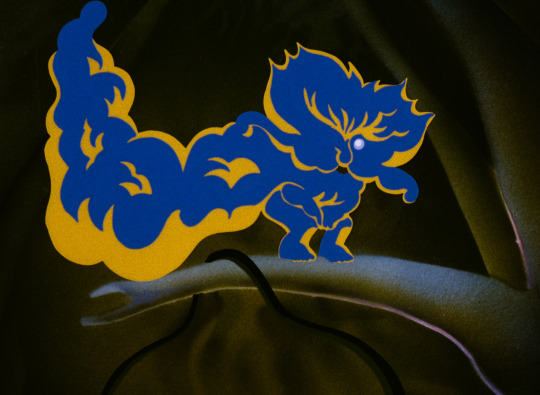
This restoration and re-release marks the first time that your film has been distributed in America in decades. Have your views on Son of the White Mare shifted in the time since? Marcell Jankovics: They have not changed.
A lot of Son of the White Mare unfolds on a flat, often circular plane. What inspired you to frame things this way? I never considered 3D. I don’t use it even today. The circularity is a part of what I have to say. A fairy tale (all fairy tales) traverses a particular arc, the year, of the eternal cycle.
Could you run me through the development of the style of Son of the White Mare? Use of the color wheel accompanied the above-mentioned circularity; this was partly adapted to the circle of time and partly to the characters. I wanted to get rid of contours. I could manage this because my characters are illuminated, this is why I could take advantage of light contours.
I notice that a number of your short films have focused on Greek mythology, while your features have mostly drawn from Hungarian folklore or influenced by Judeo-Christian religion. Did your interests shift? Absolutely not! All are projections of a similar spirit of the same world. I’m currently writing a book about Biblical symbolism, and in it I make numerous references to (Hungarian) folk tales.
What fascinates you about these myths and legends? They remain eternally true. They are harmonizations of the external cosmos and man’s inner, spiritual, unconscious world.

Looking at some of the sequences of Fehérlófia, I was reminded of the sequence where Susano’o battles the Fire God in The Little Prince and the Eight-Headed Dragon (1963), directed by Yūgo Serikawa and Toei Dog. Is that a film you’re familiar with? No. And I don’t need to [be]. Tales and myths are universal, the differences are stylistic. Of course, I’d love to see it. When I designed the Fehérlófia figures, I drew countless Japanese woodcuts. I also used Japanese theatrical masks for my heroes’ facial expressions. It’s not common knowledge but the Hungarians and the Japanese consider themselves to be related.
I’ve read in an old interview that you don’t watch much new animation. Is that still true? Yes. I don’t want to be distracted from my chosen path.
What films, live-action or animated, would you say have made the greatest impression on you? I’d rather give you directors: Eisenstein, Kurosawa, Fellini, A. Wajda, Ken Russell. In animation: Frédéric Back, Richard Williams, John Hubley. I don’t know if they influenced me but I have the greatest respect for them and I always enjoy watching their films.
What’s the first film you would suggest to someone looking to discover more animation? My own Sisyphus. It might be particularly shocking for anyone who has never seen animation before.
What was the film that made you fall in love with animation? It was a little different for me, I was rather forced into it as a career. It’s a long story and I’ve told it many times. As a young kid I only watched Soviet cartoons, but still I was enchanted because animation impressed with its own kind of genre surrealism. When I started working in the profession and I had the chance to see others as well, I realized that everything was possible in this world, even what I wanted to do.
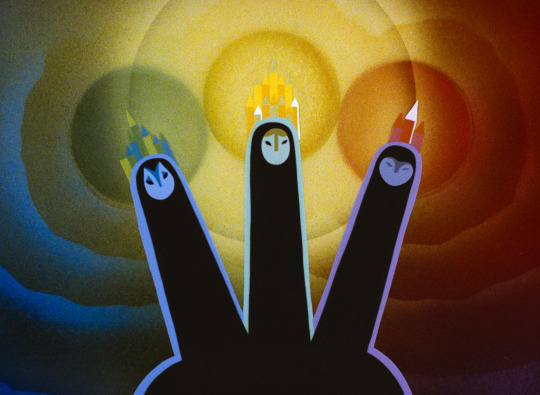
Do you have a favorite myth, or one that you’ve been wanting to adapt? Not any more. At the age of 79, I yearn for less laborious work.
Are there any upcoming films you’re excited to see yourself? I haven’t been to the cinema for a very long time. The sort of films that I would be interested in are broadcast on TV late at night. I usually look forward to the latest season of the Vikings series.
How do you feel about the future of animation? The true arts are receiving less and less space in every genre. It is sufficient for me merely to mention the latest restrictive aspects of the Oscars. I hope that the marginalization of the arts and this kind of restriction prove to be only temporary.
Related content
Psychedelic Animation—Peter Hemminger’s list
The 303 Hungarian Films You Must See Before You Die—Bence Bardos’ challenge in progress
Hungarian Films/Magyar Filmek—a list by Máté Tóth
Drawing Closer—Kambole’s preview of ten animated features to look foward to
Follow Kambole on Letterboxd
‘Son of the White Mare’ is available now for online rental in the US via Vimeo OnDemand. ‘Johnny Corncob’ is also available in select virtual cinemas. With thanks to Arbelos and Michael Lieberman.
#animation#animated feature#son of the white mare#hungarian cinema#magyar filmek#kambole campbell#animated film#marcell jankovics#johnny corncob#letterboxd#interview
30 notes
·
View notes
Text
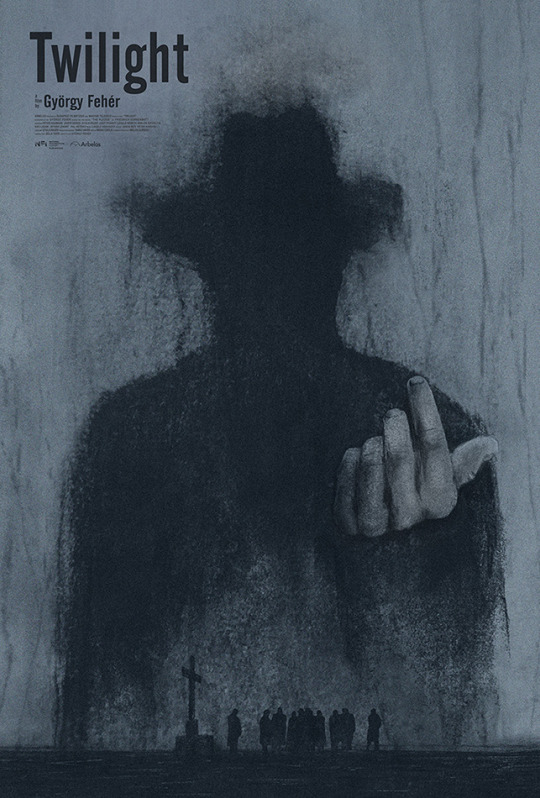
#Twilight#György Fehér#movie#film#cinema#Hungarian film#Hungarian cinema#foreign film#neo film noir#film noir#art house cinema#movie poster#film poster#movie trailer#film trailer#Arbelos#The Askew#theaskew
0 notes
Text
Arbelos Films, why would you take Feherlofia off youtube if you don’t fucking sell it anywhere
5 notes
·
View notes
Text
Review: Björk stars in Nietzchka Keene’s rarely seen film ‘The Juniper Tree’

Björk in the 1989 film “The Juniper Tree.” (Arbelos Films)
BY ROBERT ABELE
APRIL 16, 2019 12:27 PM PT
At the very least, watching Nietzchka Keene’s haunting Icelandic fairy tale “The Juniper Tree” can cause your sense of time to fall away. A black-and-white movie filmed in 1986, it recalls both the indie wilderness vibe of its time, yet also the monochromatic severity of early Bergman and Tarkovsky.
Heading the cast is an instantly recognizable Björk, prior to her becoming a global music phenomenon, which creates its own recontextualized aura around her. It’s also adapted from a Grimm fairy tale, yet infused with a modern feminist sensibility, and while it’s a ghostly affair with magical touches, it’s shot through with a hard-bitten realism about medieval life.
Keene didn’t complete her micro-budgeted debut feature, which she wrote, directed and edited, until 1989, after which it made the festival circuit — including the Sundance Film Festival in 1991 — but only received one Los Angeles showing, in 1990 at UCLA, Keene’s MFA alma mater. Now, 15 years after her death, in her starkly enchanting film has been given a 4K restoration, and another single-viewing chance, this time at the American Cinematheque. The opportunity is a welcome one, because Keene’s atmospheric gem deserves renewed appreciation and fresh discovery.
After finding a dead woman floating in a creek, stoned and drowned as a witch, waif-like Margit (Björk) and her pragmatic older sister Katla (Bryndis Petra Bragadóttir) must flee to avoid the same fate, which also claimed their mother. Stern widowed farmer Johan (Valdimar Örn Flygenring) takes them in, but his suspicious son Jonas (Geirlaug Sunna Þormar) — who visits his mother’s grave every day, like a dutiful son trying not to be forgotten — sees in Katla a family interloper practicing the dark arts.
He’s not entirely wrong, in that Katla believes in sorcery, but she’s also a persecuted woman in a harsh time trying to secure protection for herself and Margit — her seduction spells are born out of a desire to bind Johan to her, which she comes to realize would best be achieved with a pregnancy.
Jonas tries to turn his father against Katla, even though he isn’t so fearful of kindly, concerned Margit, and the young pair bond over their respective grief. But when Margit begins seeing visions of her dead mother — a silent, beckoning figure with a black hole in her chest — Jonas’ dislocation intensifies, until he feels the need to confront his stepmother at the most unwise of moments.
Those familiar with the original fairy tale will know where this is headed. Keene’s retelling preserves certain morbid details but alters others, so that a story steeped in misogyny and the supernatural can still resonate as a warning of the damaging ripple effects when desperation, displacement and mourning collide.
Stylistically, the movie is a stroll of otherworldly delirium, like a hybrid of Dreyer’s asceticism and the the chillier reveries in “The Night of the Hunter.” There’s austere beauty in cinematographer Randy Sellars’ rendering of the craggy, unforgiving Icelandic landscape, and for the memorable hypnagogic passages that occasionally fold over Margit’s reality, Keene enlisted acclaimed avant-garde director and optical effects guru Pat O’Neill.
Folk tales are how cultures make sense of the world, of how people changed and fates were secured. Keene fully grasps this, which is why she often has Björk’s Margit turning the details of the story she’s observing around her — hovering birds, a tended grave, her own loss, a boy’s worry, a woman’s desire — into a fanciful yarn she’s constantly spinning and revising. And Björk’s turn is a delicate, inviting thing, that innocent croak of a voice like some bridge between the mystical appeal of fairy tales and the cold truth about what human beings do when reason leaves them.
Keene made only a couple of films in her abbreviated life, but “The Juniper Tree” is absorbing enough to make one rue there weren’t more. But we can at least note for the history books that for all the hype Lars von Trier received for casting Björk in 2000’s “Dancer in the Dark,” a female filmmaker recognized her eccentric on-screen blend of mystery, humanity and guilelessness first.
#Björk#Björk Guðmundsdóttir#The Juniper Tree#Bryndis Petra Bragadóttir#Guðrún Gísladóttir#Valdimar Örn Flygenring#Geirlaug Sunna Þormar#Patrick Moyroud#Nietzchka Keene#Iceland#Quando Éramos Bruxas#Quand nouEinitréð#s étions sorcières#ビョークの��ネズの木」 グリム童話より#Krzew jałowca#Можжевеловое дерево#Cuando fuimos brujas#Ardıç Ağacı#Seljalandsfoss Waterfall#Larry Lipkis#Los Angeles Times#LA Times
1 note
·
View note
Video
vimeo
ASUS - Reuben Wu from anna smoronova on Vimeo.
starring Reuben Wu Zachary Henderson Illustrator: Kveta Kubus Client Looping Group ASUS Client: Looping Group Managing Director: Christian Polman Account Manager: Emily Maitland Senior Director Strategy: Erminia Blackden CCO: Dominik Anweiler Executive Creative Director: Richard Gostelow Creative Director: Lukas Palm, Friederike Hamann Senior Creative Producer: Dennis Hölter, Christian Müller, David Osterkorn Art Director: Kalle Haasum, Jan Volpp, Niklas Hail, Franziska Stegemann Junior AD: David Starosciak, Nadeen Al Attar a modest dept. production Director: Maros Milčík DoP: Anna Smoroňová Photographer: Thomas Van Kristen BTS: Zhana Yordanova Executive Producer: Johannes Lehmann, Gerrit Piechowski Head of Production: Benedikt Merten Producer: Brian Papish Production Assistant: Marleen Nesner Service Production: VOLCANO Films Local Producer: Sebastián Alvarez Local Production Manager: Alejandro Alamo 1st Production Assistant: Patricia C. Barandalla Location Manager: Diego Durán Location Assistant: Ruben Diaz Production Assistant: Aday Ayala, Samuel Perez Production Team: Suong Nguyen, Mattia Zangrando, Nicole Stewart, Ian Stewart, Javier Cruz, Aday Gonzalez, Toni Arbelo, Luis Alvarez 1st Assistant Director: Oscar Santamaria Art Director: Marta Torrecilla Art Assist: Jonay P. Matos Product Care: Marleen Nesner Product IT: Eric Jordan SFX: Santiago García, Juanal Donaire Stylist: Lauro Samblás Costume Assist: Cris León Make-up: Sara Luna 1st AC: Charly de Croix Focus Puller: Guillermo Gil DIT: Chemi Ferreiro Video Assist: Pablo Negredo Drone Operator: José Antonio Acosta Inspire2 Pilot: Guillermo Perez Stratos/ Alta X Pilot: Fran Salazar FPV Pilot: Cristofer Carayol Key Grip: JuanFra García Grip: Luis Vera Gaffer: Eduardo Camprubi Best Boy: Mario Castelli Spark: Daniel Russel, Cotan Brennan Production Reinforcement: Adrian Alonso, Jordi Grunwald, Ronald Ramirez, Ruyman Umpierrez, Bryan Valeron, Javier Espinosa, Daniel Castellano, Alejandro Marrero , Victor Vera Editor: Marvin Kühner 3D/VFX: Andreas Clemens Post Producer: Brian Papish, Marina Präger Music: Adrián Čermák Sounddesign: Samuel Jurkovič Colorist: Marina Starke Online: Yannic Nixdorf Thanks to: Gran Canaria Film Commission, AirMedia, Welab, Si Lighting, MFC Lighting, Canary Grip Service, Pau Costa Efectos Especiales, The Boss, Red Canarias, Macaronesia Films, Shoot Canarias, CateringThomas Leeb, Morly Company
Shot on RED V-RAPTOR Cooke Anamorphic/i 1.8x Full Frame Plus Lenses
1 note
·
View note